Nestled just south of the Arctic Circle, Rovaniemi is a place where fairy tales and rugged nature collide. As the official hometown of Santa Claus and the capital of Finnish Lapland, this city wears many hats—part winter wonderland, part gateway to untamed wilderness. Visitors often arrive expecting kitsch but leave with a profound appreciation for a destination that balances tourism with authenticity.
The Arctic light plays tricks here. In summer, the midnight sun bathes the landscape in an eerie golden glow that lingers past 2 AM, while winter brings the opposite extreme—weeks of perpetual twilight punctuated by the aurora borealis. Locals have learned to thrive in these conditions, their daily rhythms attuned to nature's whims rather than rigid timetables. This is immediately apparent in the city's architecture: buildings lean at odd angles to maximize sunlight during dark months, and streetlights emit a peculiar blue hue designed to reduce light pollution for optimal northern lights viewing.
Santa Claus Village dominates postcards, but the reality is more nuanced than the souvenir shops suggest. Yes, children's wide-eyed wonder at meeting Father Christmas is genuine, as are the tears of Japanese couples who marry in the onsite ice chapel. Yet venture beyond the main complex, and you'll find reindeer herders preparing sleds using techniques unchanged for centuries. The adjacent Arctic Circle Hiking Area offers trails through old-growth forests where the only sound is snow crunching underfoot—a stark contrast to the village's cheerful cacophony.
Rovaniemi's relationship with its most famous resident is complex. While tourism officials embrace the Santa connection, many locals take quiet pride in their city's other identities. The Arktikum Science Museum presents Lapland's indigenous Sámi culture with remarkable sensitivity, its glass tunnel protruding over the frozen Ounasjoki River like the prow of an icebreaker. Nearby, the Korundi House of Culture houses contemporary art in a repurposed postal warehouse—a nod to the city's rebirth after being razed during World War II.
Dining here means confronting the Arctic larder in surprising ways. At restaurant Nili, chefs transform reindeer meat into delicate carpaccio, while cloudberry jam cuts through the richness of pan-seared arctic char. Food trucks serve "poro burgers" (reindeer patties with lingonberry sauce) to shoppers at the weekly market, where elderly Sámi women sell hand-sewn mittens beside vendors hawking freshly caught vendace fish. The local coffee culture rivals Helsinki's—no small claim in Finland—with cafes like Café & Bar 21 roasting beans to withstand the region's mineral-heavy water.
Winter activities extend far beyond husky sledding. At the Ounasvaara Ski Resort, floodlit slopes stay open until 10 PM, allowing for post-dinner runs under starry skies. More adventurous visitors can join ice-climbing excursions up frozen waterfalls or rent fat bikes to traverse snowmobile tracks. The Pyhä-Luosto National Park, two hours north, offers glass-roofed aurora pods for overnight stays—though many find the simple act of snowshoeing through silent old-growth forests equally magical.
The riverfront bears scars of history. During the 1944 Lapland War, retreating German forces employed scorched-earth tactics, destroying over 90% of buildings. Alvar Aalto's subsequent master plan gave the city its distinctive reindeer-antler street layout, while his Lappia Hall cultural center remains a masterpiece of modernist architecture. Today, floating saunas bob in the river during summer, and ice swimmers carve holes in the thick winter ice—testaments to the Finnish sisu (grit) that rebuilt this phoenix of the north.
What lingers after visiting isn't the expected Arctic exoticism, but rather how seamlessly Rovaniemi blends the extraordinary with the everyday. Office workers commute past reindeer crossings, hotels offer aurora wake-up calls as a standard amenity, and the airport handles both international tourists and researchers bound for Arctic stations. This duality makes the city feel improbably cosmopolitan for its remote location—a place where wilderness and civilization maintain an easy truce, and where the line between childhood fantasy and grown-up adventure deliciously blurs.
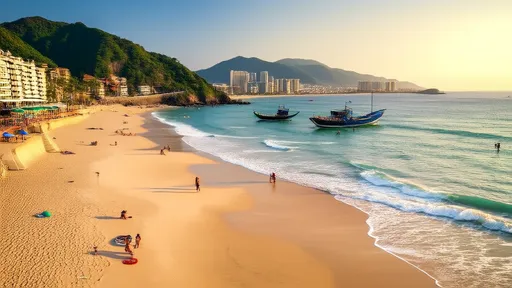
By /Jun 9, 2025
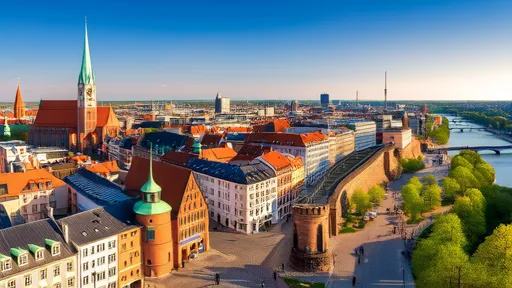
By /Jun 9, 2025
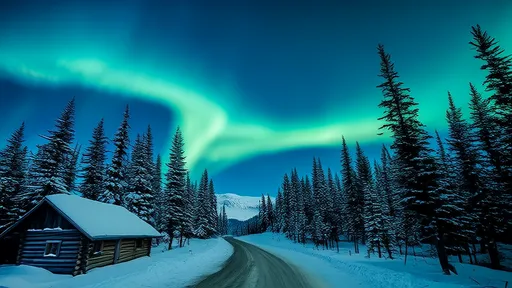
By /Jun 9, 2025
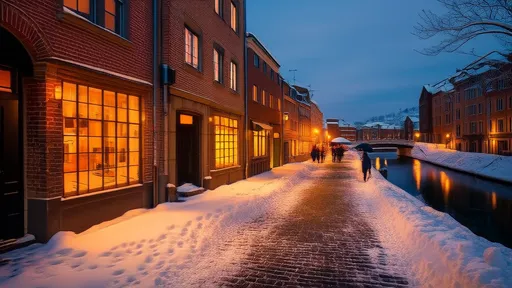
By /Jun 9, 2025
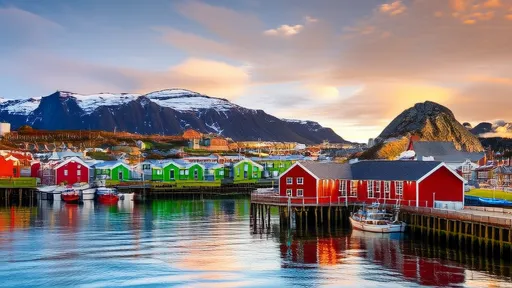
By /Jun 9, 2025
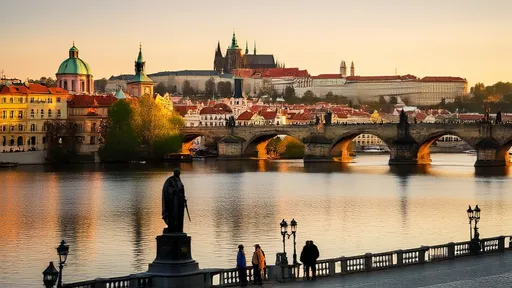
By /Jun 9, 2025
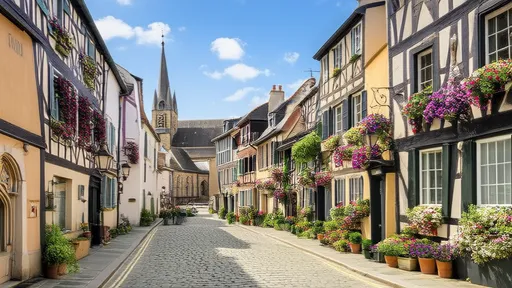
By /Jun 9, 2025
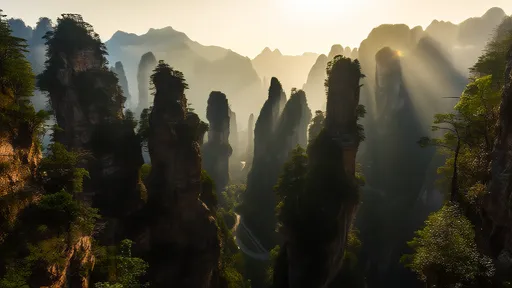
By /Jun 9, 2025
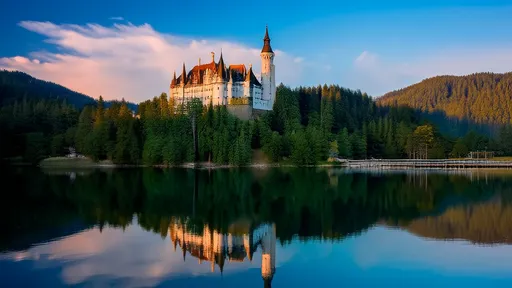
By /Jun 9, 2025
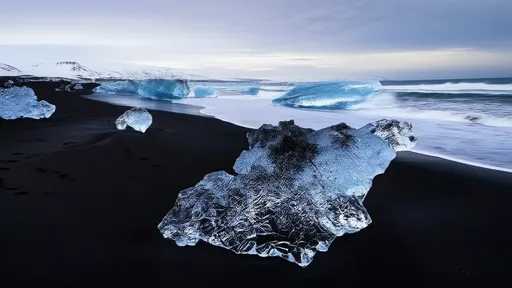
By /Jun 9, 2025
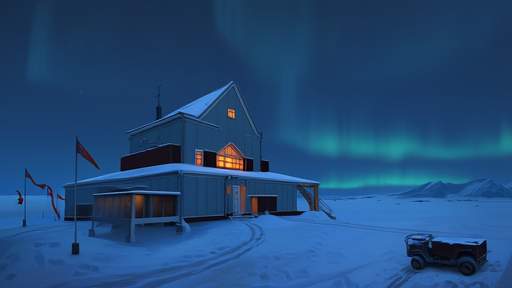
By /Jun 5, 2025
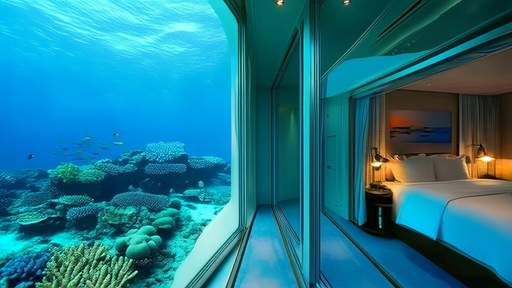
By /Jun 5, 2025
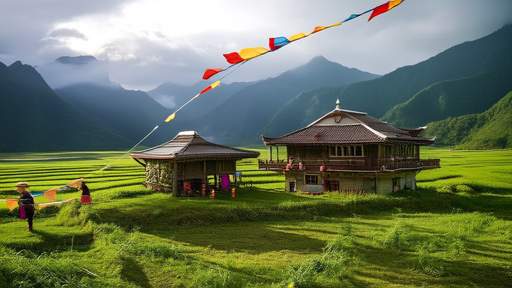
By /Jun 5, 2025
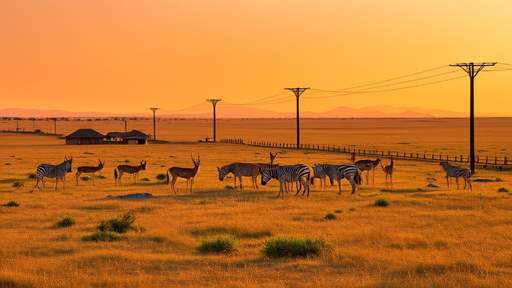
By /Jun 5, 2025
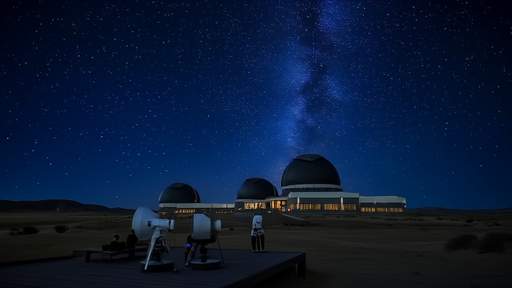
By /Jun 5, 2025
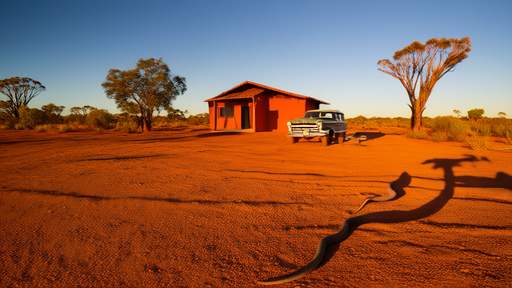
By /Jun 5, 2025
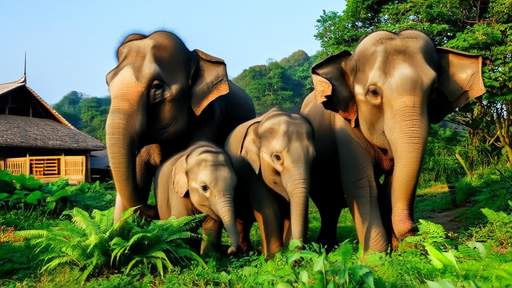
By /Jun 5, 2025
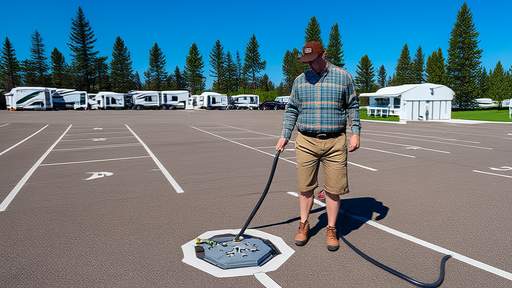
By /Jun 5, 2025
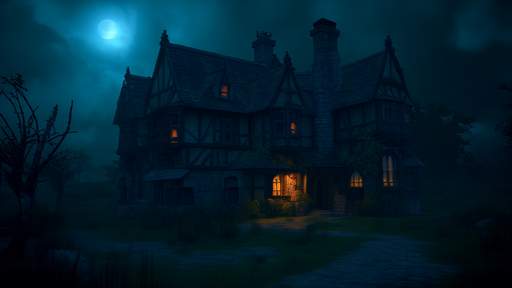
By /Jun 5, 2025